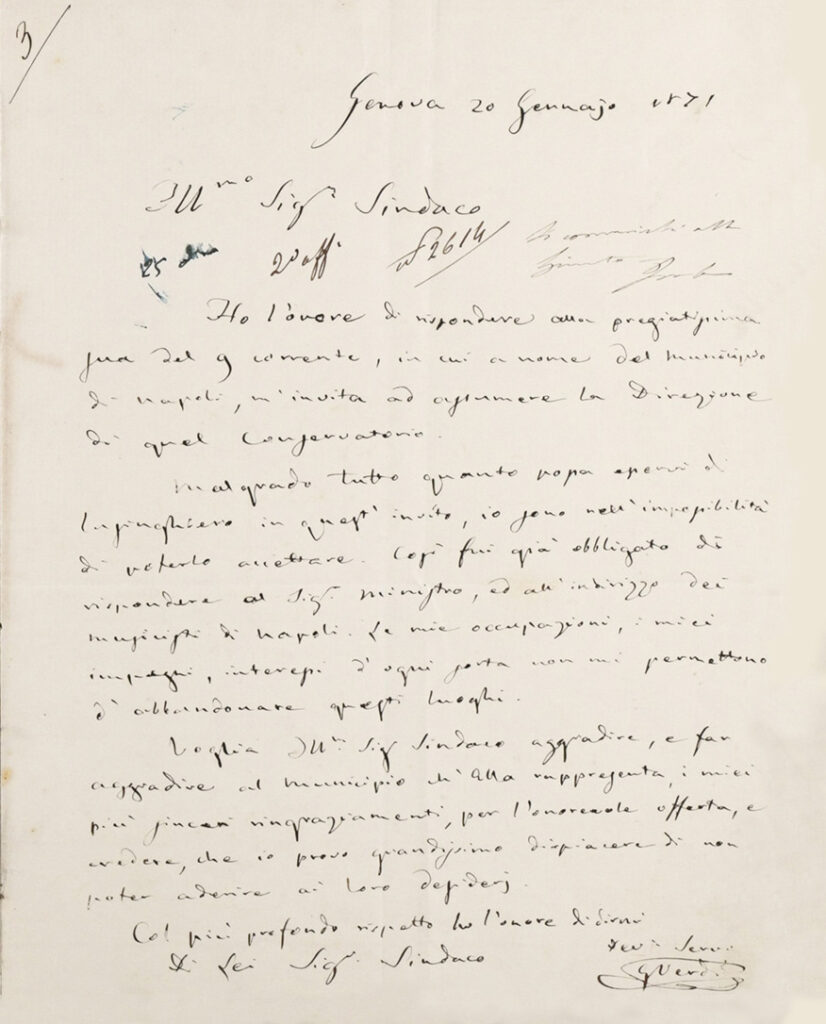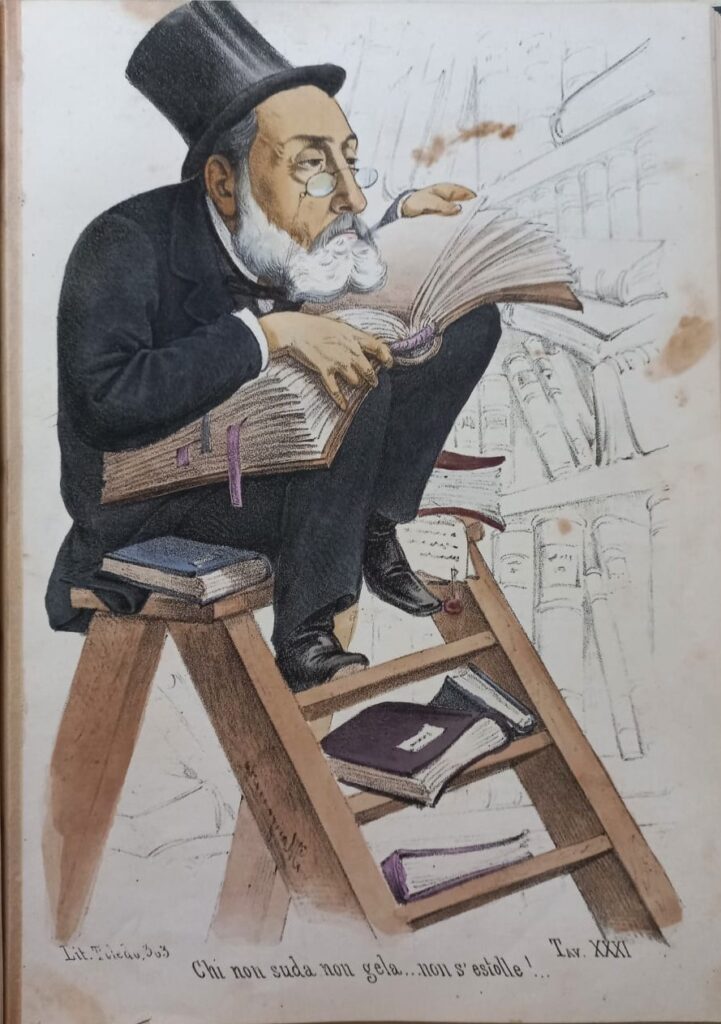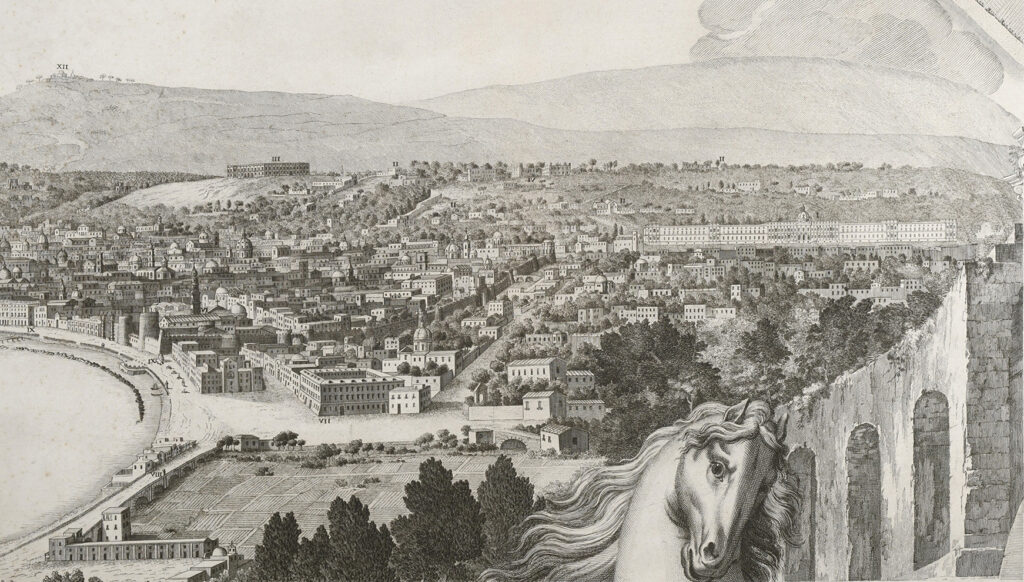Stories from the Archives
The burned papers of the First Series of the Municipal Section

During the Second World War the entire corpus of documents constituting the Historical Archives of the municipality of Naples was transferred, to be placed in safety, from the headquarters of Palazzo San Giacomo to the Maschio Angioino and precisely in the underground rooms of the Torre Beverello.
The ‘papers’ were saved from the devastation of the conflict but not from a dastardly pillage that deprived the documentary corpus of its most valuable documents.
Giuseppe Verdi and the Naples Archives

The Historical Archive in Salita Pontenuovo conserves two letters by Giuseppe Verdi from early 1871 addressed to the Mayor of Naples, Paolo Emilio Imbriani, in which the famous composer declined the municipal administration’s invitation to take up the post of director of the San Pietro a Majella Conservatory of Music, which had remained vacant following the death of Saverio Mercadante (17 December 1870), who had led the ancient music school for thirty years.
The Procession of the Blessed Sacrament from the Collegiate Church of San Giovanni Maggiore to the Church of Sant’Anna in Palazzo

In the early 2000s, the then Historical Archive Service of the City of Naples carried out the recovery of the archives of the Real Monte della Venerazione del Santissimo Sacramento in the former Monastery of San Paolo Maggiore”, for which I edited the inventory, which was then published in the series of “Quaderni 2008 dell’Archivio Storico Municipale di Napoli”.
The Court of Fortifications, Water and Bricks

On 4 March 1946, an arson attack destroyed three quarters of the oldest archival series kept at the Naples Municipal Historical Archives: the one that Bartolommeo Capasso had ordered called the First Series or Ancient Section, since it contained the documents of the city’s administrations that followed one another from 1387 to 1805.
Documents of inestimable value from the Angevin and Aragonese periods have disappeared, papers produced during the two viceroyships are missing, better luck has been had by those from the Bourbon era
Caricature from ‘The S. Giacomo Palace, Album of 80 at Naples City Hall 1876 and 1877’.

In 1877, Antonio Manganaro (Manfredonia 1842 – Naples 1921), one of the most famous satirical illustrators of Naples in the second half of the 19th century, printed the colour lithographed plates of Il Palazzo S. Giacomo Album degli 80 al Municipio di Napoli 1876 e 1877, which depict with caricatured strokes the representatives of the Neapolitan municipal administration of those years. On the back of each plate, an ironic biography recounts the human and professional vicissitudes of the person depicted.
Topographical map of the City of Naples and its surroundings

In 1750, the Tribunal of San Lorenzo approved the project to make a topographical map of the city and entrusted the coordination of the work to Giovanni Carafa, Duke of Noja, who availed himself of the collaboration of land surveyor Vanti. It was stipulated that the work was to be completed within two and a half years, but in 1768, when Carafa died, the undertaking was still not finished. Work continued under the direction of Giovanni Pignatelli, Prince of Monteroduni, and the superintendence of the technical part was entrusted to the architect Gaetano Bronzuoli.pictured.



